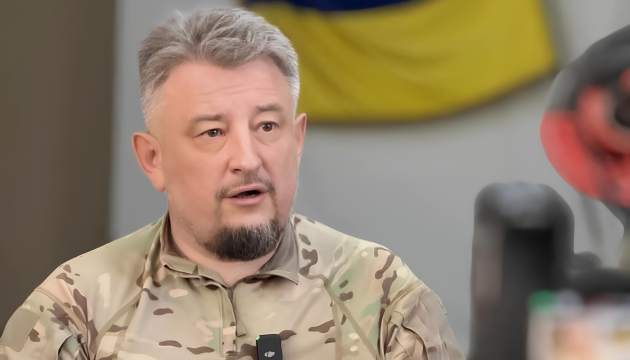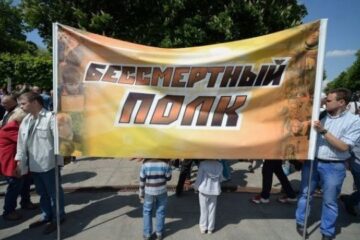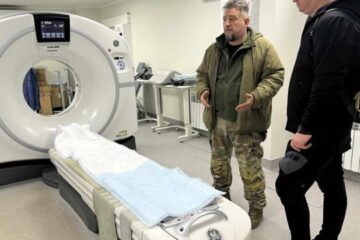
The overall postoperative mortality rate among patients at Kharkiv Military Hospital stands at 0.1%, which is considered a relatively low figure.
This was stated in an interview with Ukrinform by Colonel of the Medical Forces Eduard Khoroshun, Head of the Military Medical Clinical Center of the Northern Region.
“The overall postoperative mortality is 0.1%, among all wounded – 1.4%. For context, in the past, a mortality rate of 0.5–1% was considered acceptable even for an appendectomy (surgery for acute appendicitis),” the military surgeon explained.
Colonel Khoroshun emphasized that these figures apply specifically to those wounded who reach the hospital in Kharkiv. The proportion of severely wounded depends on the intensity of combat and types of weapons used, and it can reach up to 45%, although it’s usually lower. “On average, 10–15% of the total flow are severe cases,” he noted.
According to him, the mortality rate may be slightly higher due to complications that arise even months after treatment and surgery.
“We try to stabilize patients within five days and then transfer them to free up ICU (Intensive Care Unit) beds. But complications – such as thromboembolism or heart attacks – can occur even one to three months later and lead to death. Some of our guys have been fighting for 15 years and have chronic conditions. So there’s a percentage of complications not directly tied to the injury,” Khoroshun said.
To provide urgent care, military doctors operate at stabilization points located 3–6 kilometers from the front line.
“We call them mobile surgical teams. Their job is to stabilize the patient, perform life-saving surgery, and prepare for evacuation. If someone is in critical condition, an intensive care team with the appropriate specialist is dispatched. The readiness time for these teams is no more than 15 minutes,” Khoroshun said.
The medical teams receive transport support from the Regional Center for Emergency Medical Assistance and Disaster Medicine, operating 24/7.
“Their vehicles are stationed alongside our teams and operate from virtually zero. These are people who deserve a monument. They’re civilians, but they fulfill their duty. We can simultaneously mobilize over 300 vehicles in the region. So we don’t face evacuation issues like in some other directions,” the colonel assured.
Khoroshun highlighted that the increasing use of various types of enemy munitions creates major challenges for medical evacuation. He believes robotic ground systems could help solve this.
“Sometimes, evacuating a single wounded soldier costs too much – one rescued, three or four lost. There are areas where evacuation is impossible or only possible at night. Ground drones might be the real solution,” he said.
As Ukrinform previously reported, on March 26, thanks to a complex special operation in the Kupiansk sector, a powerful ground drone managed to evacuate three wounded soldiers from a 32-day-long encirclement. The operation involved experts and fighters from the Engineering Corps group, the 92nd Assault Brigade, and the 154th Mechanized Brigade. The wounded were immediately sent to Kharkiv Military Hospital and have already undergone treatment.
Source: Overall postoperative mortality rate at Kharkiv Military Hospital 0.1% – head of facility



